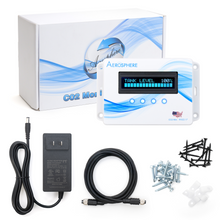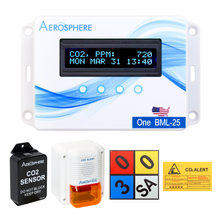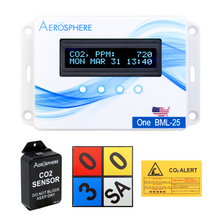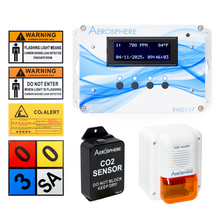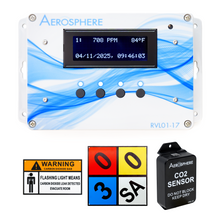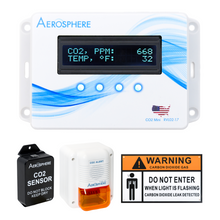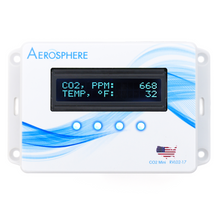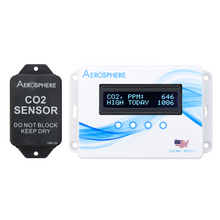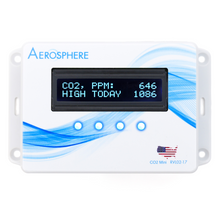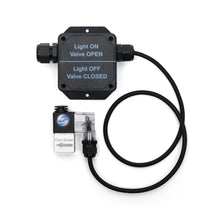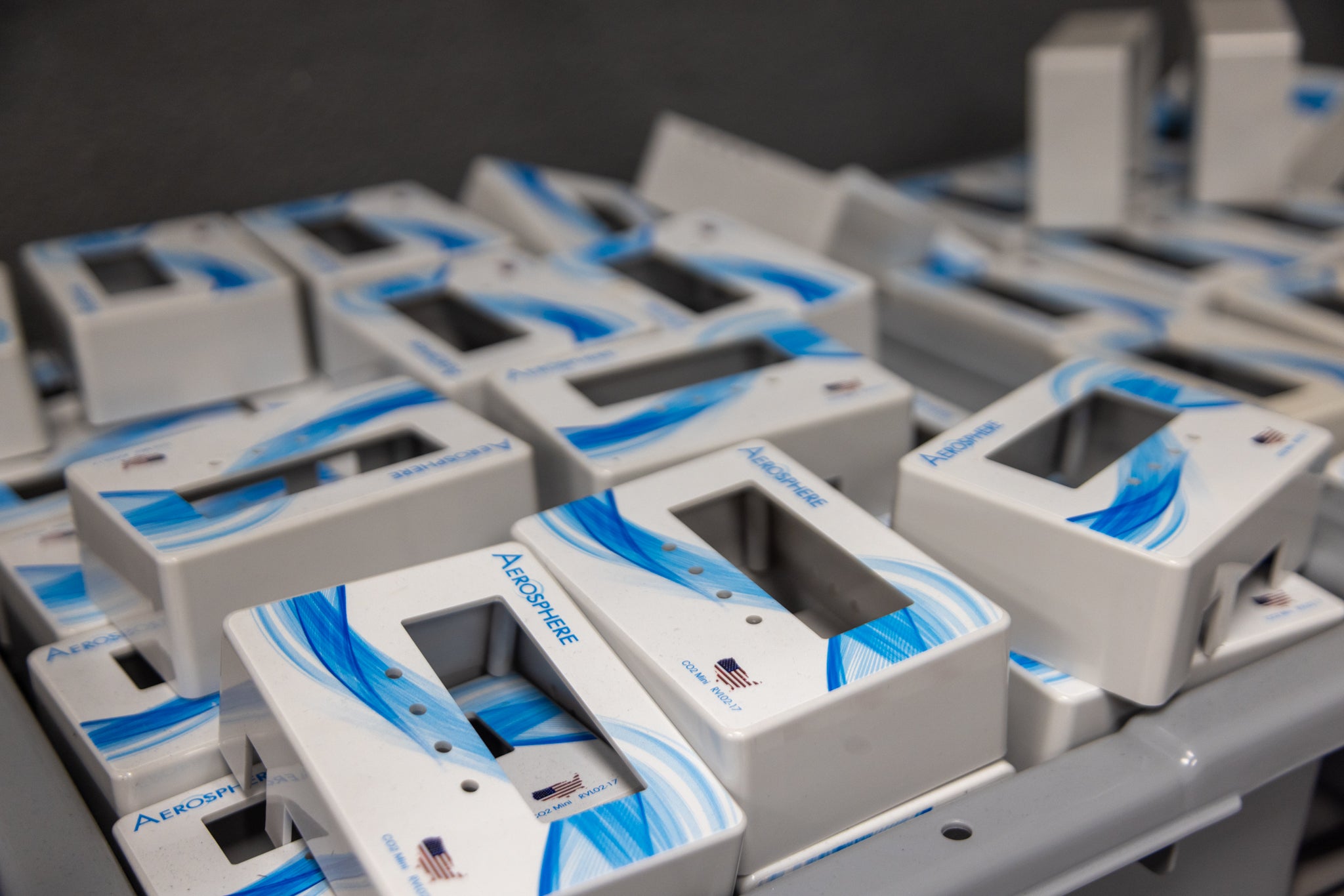Cannabis Enrichment Code Made Simple: A Guide to Safe & Productive Grow House CO2 Monitoring
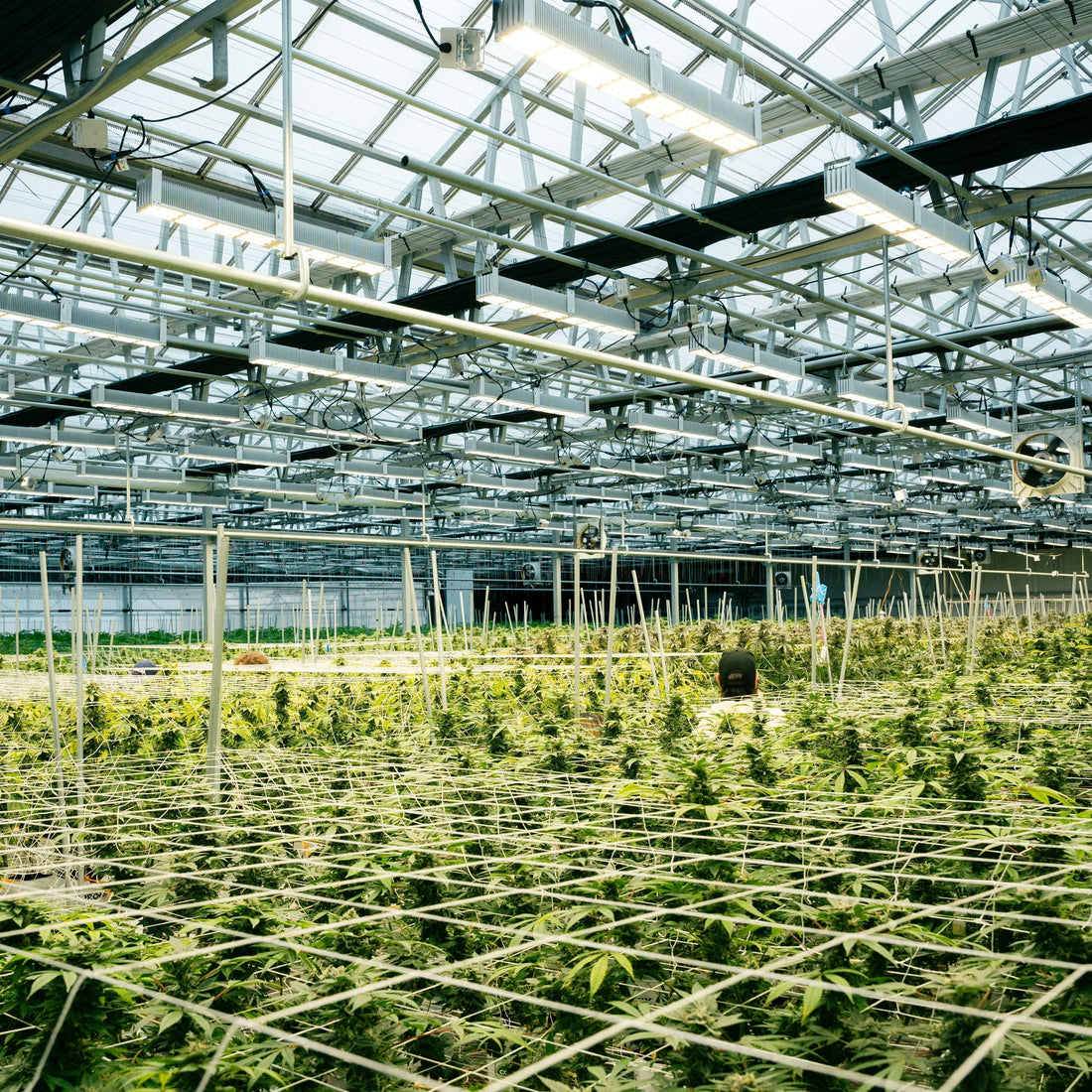
Why Growers Use CO2 Enrichment
Carbon dioxide (CO2) is one of the most powerful tools cannabis cultivators use to increase yield and quality. Plants rely on CO2 during photosynthesis to convert light into energy, which drives growth, resin production, and flower density. Ambient air CO2 levels average around 400 parts per million (ppm). Although each cannabis cultivator has their own confidential formula, increasing CO2 levels to between 1,000 and 1,500 ppm in a controlled environment stimulates cannabis plants to grow faster, produce higher cannabinoid content, and reach its full potential.
However, as powerful as enrichment is, it must be handled with care. CO2 is a colorless, odorless gas, and excessive exposure can displace oxygen and create life-threatening conditions for workers. The same gas that accelerates growth can also present one of the most serious safety hazards in a cultivation environment. That’s why enrichment and monitoring go hand-in-hand, and why compliance with building and fire codes is necessary.
Balancing Growth and Safety
CO2 enrichment walks a fine line between boosting plant productivity and maintaining a safe workplace. Below 400 ppm, photosynthesis slows and growth can stall. Above 5,000 ppm, workers face health risks like dizziness, headaches, and oxygen deprivation. Concentrations beyond 30,000 ppm can become immediately dangerous to life and health (IDLH).
This is why professional grow houses rely on dedicated monitoring systems. These systems track gas levels in real time, trigger alarms when thresholds are exceeded, and can even automatically shut off CO2 flow to prevent accidents. Modern enrichment strategies combine precise gas delivery with continuous monitoring and ventilation, ensuring plants thrive while workers stay protected.
Building a Compliant Enrichment Setup
In the United States, cannabis facilities must follow strict fire and building code requirements when using carbon dioxide. Section 5307.4 of the International Fire Code (IFC) outlines the core rules for any enrichment system handling more than 100 lbs of CO2 or using a remote fill connection. These codes are designed to prevent leaks, reduce exposure risk, and standardize safety practices across the industry.
Here’s what those requirements look like in practical terms:
- Gas Detection and Alarms: Under IFC 5307.4.3, a gas detection system is required in any room where CO2 is stored, distributed, or could accumulate. Sensors must be placed near the floor, where heavier CO2 tends to settle. The system must trigger a low-level alarm at 5,000 ppm and a high-level alarm at 30,000 ppm, giving operators time to respond before conditions become hazardous.
- Automatic Safety Controls: According to IFC 5307.4.3.1, alarms must be integrated with automatic safety functions. This includes stopping CO2 flow, activating mechanical ventilation, and triggering both supervisory and evacuation alarms, all without manual intervention.
- Ventilation and Negative Pressure: Mechanical ventilation is also a key requirement (IFC 5307.4.4). Facilities must maintain negative pressure in enrichment rooms and exhaust air from near the floor to prevent gas buildup.
- Warning Signage and Access Control: Entry points to enrichment areas must be clearly marked with hazard signage warning of potential CO2 exposure (IFC 5307.4.5). This signage must instruct personnel to ventilate the space before entering.
Following these requirements ensures that a facility not only meets code but also significantly reduces the risk of accidents, fines, or shutdowns during inspections.
CO2 Monitoring Essentials for Grow Houses
A compliant enrichment system is a coordinated network of sensors, alarms, ventilation systems, and controls, all essential components for a properly functioning enrichment operation:
- Low-level and high-level gas detectors: Placed at floor level to provide early detection of leaks.
- Automatic shutoff valves: Connected to the detection system to immediately stop CO2 flow if unsafe levels are reached.
- Integrated exhaust ventilation: Activates automatically when alarms are triggered to maintain safe air quality.
- Clear hazard signage: Installed at all entrances to enrichment zones to ensure awareness and compliance.
- Data logging and reporting tools: Track ppm trends over time and provide documentation for inspections.
Together, these components provide the foundation for a safe, compliant, and efficient enrichment system that maximizes plant yield without compromising worker safety.
Yield & Compliance Go Hand-in-Hand
CO2 enrichment is one of the most valuable tools in modern cannabis cultivation, but it’s also one of the most tightly regulated. By following IFC & NFPA55 requirements and implementing robust monitoring systems, facilities can confidently enrich their crops while protecting their people, their licenses, and their bottom line.
Need help building a code-compliant CO2 monitoring system for your grow operation? Aerosphere Monitoring Systems are engineered to meet IFC safety standards while optimizing plant performance. Contact us today to learn how we can help you build a safer, more productive grow house.

